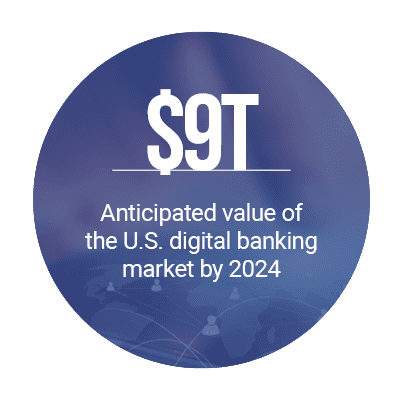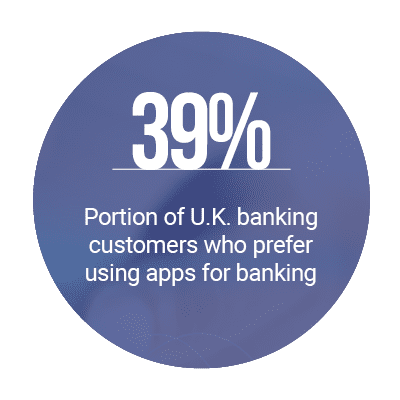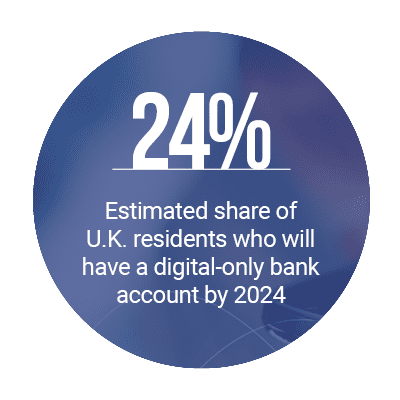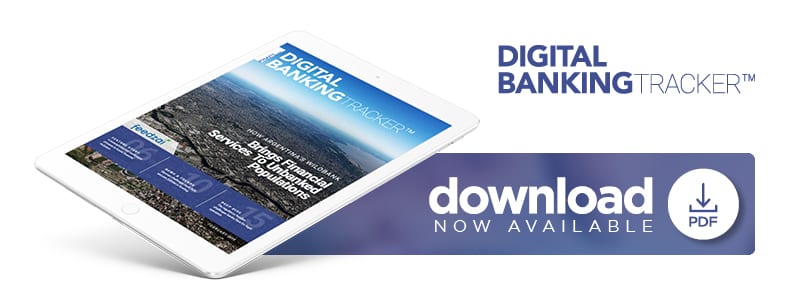Digital Challengers Are Closing Argentina’s Banking Gap

Challengers. Neobanks. Upstart institutions. Alternative banks. These newcomers to the financial services landscape go by many names, and have gained popularity, especially among younger users, for providing access to these services via smartphone apps.
 While they were once seen as novelties, challenger banking institutions are further encroaching into traditional banks’ territory, adding new responsibilities and products to their portfolios, such as lending. The February “Digital Banking Tracker™” looks at how challenger banks in several global markets are living up to their namesakes and putting traditional banks on their toes.
While they were once seen as novelties, challenger banking institutions are further encroaching into traditional banks’ territory, adding new responsibilities and products to their portfolios, such as lending. The February “Digital Banking Tracker™” looks at how challenger banks in several global markets are living up to their namesakes and putting traditional banks on their toes.
News From the Digital Banking Landscape
In the U.K., the epicenter of the global challenger bank movement, a relatively new player recently saw its membership base increase.
Digital-only bank Tandem announced that it now has more than 500,000 users since it launched last year. The challenger bank acquired a banking license when it launched, and offers each customer a fixed savings account, two credit cards and an app that offers personal spending advice. Tandem — having acquired Harrods Bank, the banking division of the U.K. department store — is looking to further expand its user base, which is still far behind other U.K. challengers like Monzo and Revolut, with 1 million and 3 million users, respectively.
The challenger bank phenomenon is not unique to the U.K. In the U.S. market, challenger bank Chime is looking to add credit services to its portfolio of solutions. The move comes after Chime acquired consumer credit startup Pinch last year. Chime plans to use Pinch’s background in credit building and management to offer its largely millennial user base the tools to help improve their credit scores and plan for major purchases.
An Australian challenger bank recently secured a significant achievement that could help it to compete more aggressively with banks. The Australian Prudential Regulation Authority (APRA) gave challenger bank Volt an upgraded license that essentially transforms the bank into an authorized deposit-taking institution (ADI). With the license acquired, Volt can operate more in the capacity of an official bank by accepting deposits, offering savings and transaction accounts, and issuing personal and home loans.
Deep Dive: For Challenger Banks, a Challenging Road for Licensing
 The process of obtaining a banking license, as Volt did, can be an arduous task — one that other challenger banks have chosen to pursue in an effort to compete directly with legacy banks. However, the path to do so has many pitfalls, some of which can surface after a license has been acquired. The February Tracker includes a Deep Dive outlining the complicated process of obtaining a banking license, and the benefits and risks involved.
The process of obtaining a banking license, as Volt did, can be an arduous task — one that other challenger banks have chosen to pursue in an effort to compete directly with legacy banks. However, the path to do so has many pitfalls, some of which can surface after a license has been acquired. The February Tracker includes a Deep Dive outlining the complicated process of obtaining a banking license, and the benefits and risks involved.
Argentina’s Wilobank Seeks to Close Financial Services Gap
Challenger banks are not only delivering an innovative and smartphone-first approach to financial services. In some markets, they are also working to bring previously unbanked populations into the digital banking ecosystem. Such is the case in Latin America, where roughly 70% of the population lacks bank accounts. In the February feature story, a pair of executives from Argentina’s Wilobank explained how the challenger bank is working to boost financial services and enable quick onboarding with a live-action authentication process.
About the Digital Banking Tracker
The “Digital Banking Tracker™,” done in collaboration with Feedzai, brings the latest news, research and expert commentary from the FinTech and consumer banking space. It also includes a provider directory, featuring the rankings of more than 260 companies serving or powering the digital banking sector.
